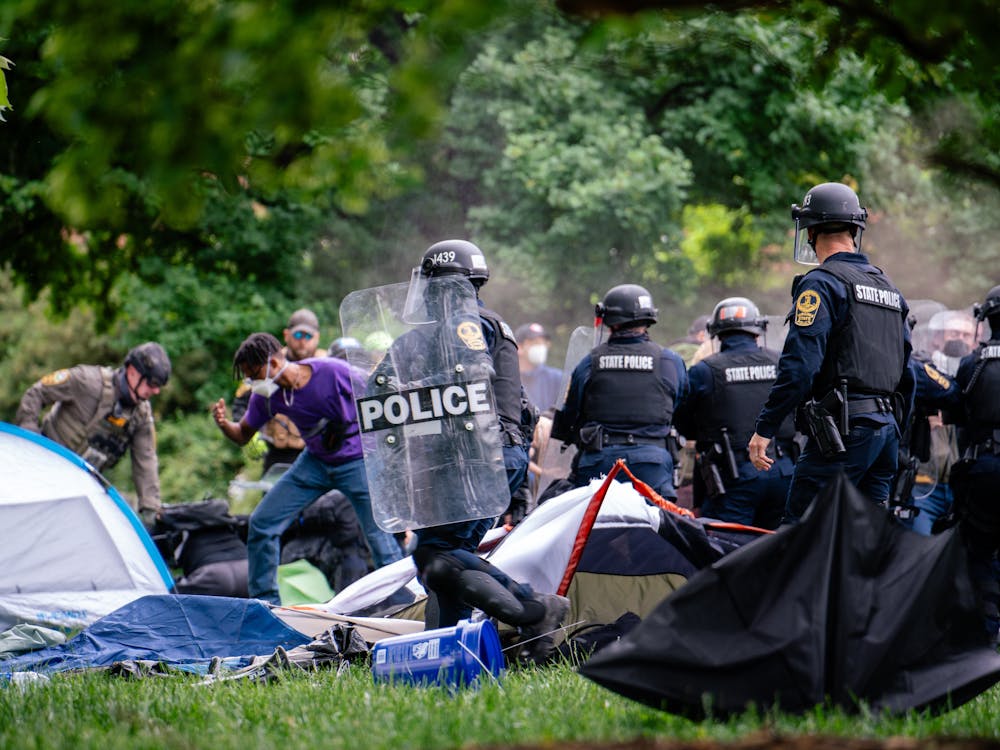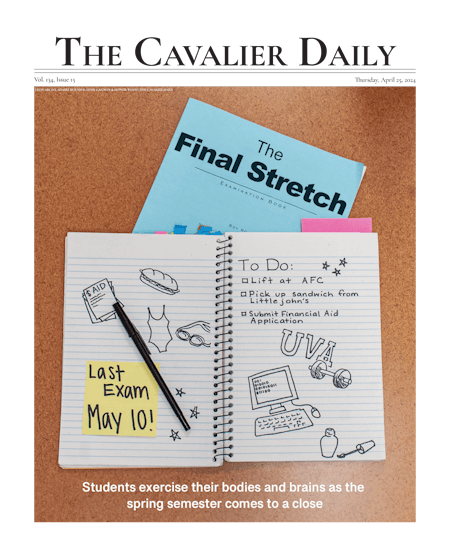Two ancient Greek sculptures currently on display at the University of Virginia Art Museum, long believed to have been looted from their rightful home by tomb raiders, will soon return to the island of Sicily after coming into the University's possession in 2002. The removal of the artifacts and subsequent changing of hands sparked controversy, and some experts are now commending the University for its efforts in seeing the artifacts sent back home.
The artifacts in question, which date from the sixth century B.C., are known as acroliths. They currently consist of two marble heads, three separate hands and three separate feet. Originally, the acroliths may have also featured a wooden trunk and cloth covering, but these additions have since been lost. Evidence and local sources suggest the sculptures were looted from Morgantina, an ancient Greek settlement near Aidone, in Sicily.
Having been taken from their resting place, a religious sanctuary devoted to the goddesses Demeter and Persephone on the outskirts of the formerly-major ancient city, the acroliths made their way through Europe before eventually entering the possession of an American man who donated the sculptures to the University five years ago under the conditions that he not be named and the artifacts be returned at the end of the five-year loan, according to Art History Prof. Malcolm Bell, III. The five years ended this January.
Bell said the acroliths were given to the University by the donor in 2002 with the expressed consent of Italian authorities. An agreement was put into place stipulating that at the end of five years of display at the University Art Museum, the sculptures would safely return to Sicily.
"Since they were illegally excavated, it's only a matter of justice that they return," Bell said.
Bell also noted that even before 2002, the University had actively been pursuing the sculptures to expedite their repatriation and had been in touch with Italian authorities since they were discovered.
"I'd followed them," Bell said. "We knew who had them, and we encouraged the collector for ways of returning them to Italy."
Bell added that the University had also, on numerous occasions, asked the donor for permission to return the acroliths early, but said this request was denied.
"We really are happy that all of this is happening," Bell said, noting that a shipping box for the acroliths is already being made and prepared for the long journey back to the Mediterranean isle. The sculptures will be handed over to carabinieri officials in February and will be exhibited in the Morgantina Museum later this year.
Carla Antonaccio, co-director with Bell of the ongoing U.S. archaeological program in Aidone and chair and professor of archeology and classical studies at Duke University, agreed with Bell's assessment of the situation.
"I'm completely in favor of [the acroliths] going back," Antonaccio said. "This is a cause for celebration."
Antonaccio said the University served as a "way station" for the acroliths, adding that the University's role in the sculptures' return was nothing but model.
"The University of Virginia can be very proud of the role they played in this," Antonaccio said.
A University symposium, "The Goddesses Return," will be held Feb. 2 in the Special Collections Library to celebrate the return of the ancient artifacts and to discuss their historical and cultural significance.




